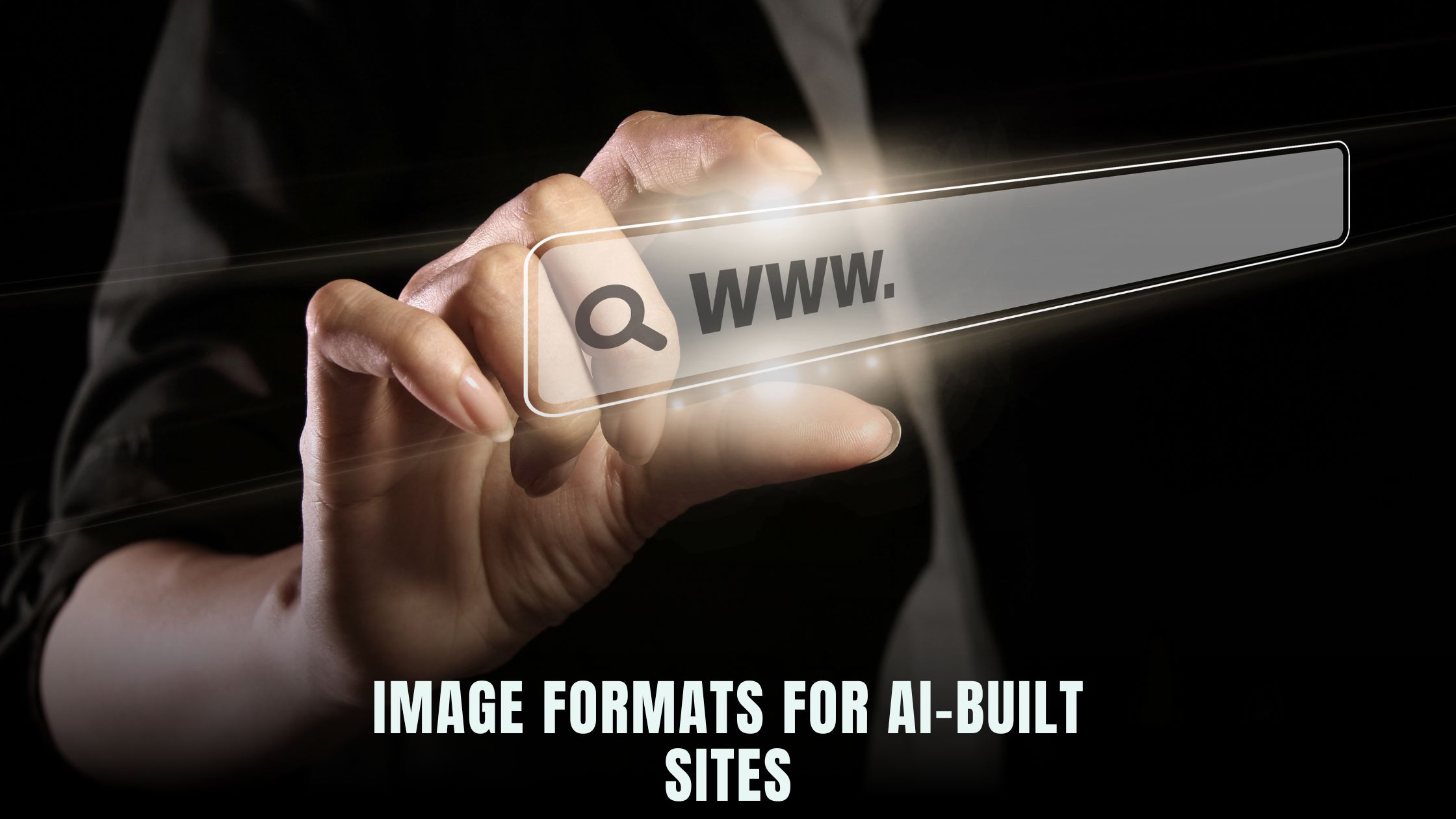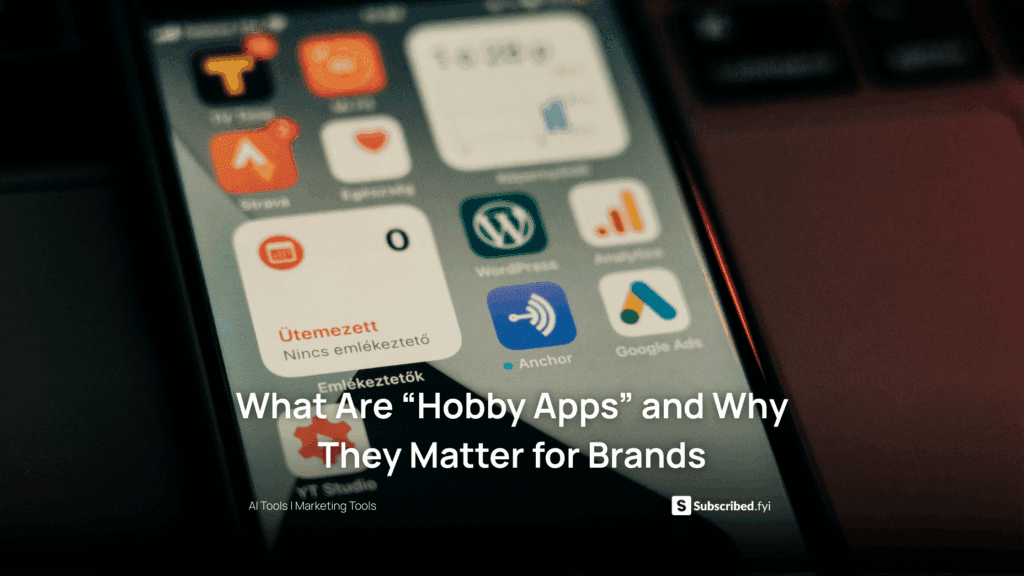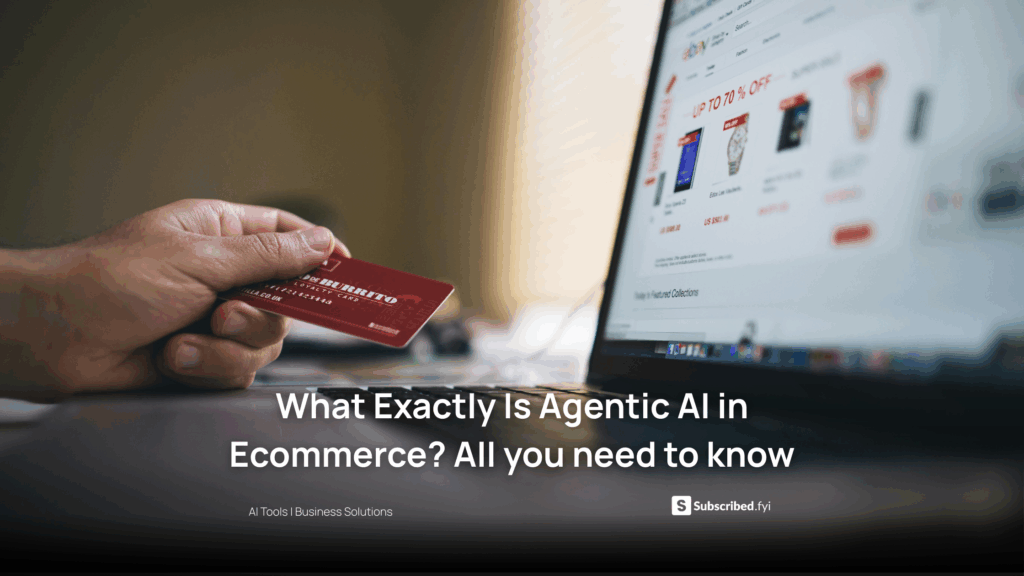What Image Formats Should You Use for AI-Built Sites?
- WebOps Platforms Bug Tracking & Feedback Software Web Development & Design Website Builder


Choosing the right image formats can dramatically improve load times and visual quality on websites built using AI tools like Hostinger Horizons. Modern formats such as WebP and AVIF offer superior compression compared to traditional JPEG and PNG, helping your pages render faster without sacrificing clarity. If you’re evaluating options, the Vibe Coding directory highlights builders that support automated image optimization, and the AI-powered website builders list lets you compare which platforms natively serve modern formats.
Performance isn’t the only concern—accessibility and SEO also benefit. Properly optimized images improve Core Web Vitals, boost your Google rankings, and deliver a better experience for mobile and low-bandwidth users. In the sections that follow, you’ll learn about key image formats, browser support, optimization techniques like lazy loading, and how to integrate these best practices into your no-code workflow.
Why Image Optimization Matters
Images often account for more than half the bytes on a typical web page. Without optimization, even a simple landing page can take multiple seconds to load, causing visitors to abandon your site. Image compression reduces file size, while responsive techniques ensure the proper image is served based on device characteristics. Both strategies lower bandwidth usage and improve perceived performance.
Search engines favor sites that load quickly and deliver smooth experiences. Google’s PageSpeed Insights and Lighthouse measure metrics like Largest Contentful Paint (LCP) and Cumulative Layout Shift (CLS). Optimized images help meet these benchmarks by minimizing the time needed to fetch and paint large media elements. For accessibility, including descriptive alt text on optimized images ensures screen readers can convey context to visually impaired users.
Overview of Common Image Formats
JPEG (Joint Photographic Experts Group)
JPEG is a lossy format ideal for photographs and images with complex color gradients. Compression levels are adjustable, balancing quality against file size. However, very high compression introduces artifacts—blurry or blocky patches—that degrade user experience. JPEG does not support transparency, making it unsuitable for logos or icons that overlap varying backgrounds.
PNG (Portable Network Graphics)
PNG supports lossless compression and transparency (alpha channel), making it perfect for icons, logos, and illustrations requiring sharp edges. However, file sizes can be large, especially for complex images. PNGs are best reserved for graphics where fidelity is crucial and file size is secondary.
GIF (Graphics Interchange Format)
GIF supports simple animations but limited color palettes (256 colors). Its compression isn’t as efficient for static images. Use GIF sparingly—only for short, small animations where file size remains low. Modern alternatives like animated WebP offer higher quality and smaller sizes.
Modern Formats: WebP and AVIF
WebP
Developed by Google, WebP supports both lossy and lossless compression, as well as transparency and animation. WebP images are typically 25–34% smaller than equivalent JPEGs or PNGs at similar quality levels. Browser support includes Chrome, Firefox, Edge, and Opera, with fallbacks available for unsupported browsers like Safari.
AVIF (AV1 Image File Format)
AVIF offers even better compression than WebP—often 30–50% smaller than JPEG—while maintaining high visual fidelity. It supports HDR, transparency, and wide color gamut. AVIF is gaining traction but has more limited support in older browsers. Always provide WebP or JPEG fallbacks for maximum compatibility.
Comparing WebP and AVIF
In most cases, WebP serves as the primary optimized format for broad browser coverage, with AVIF as a secondary option for browsers that support it. Tools can automate the generation of both formats, serving AVIF when possible and falling back to WebP or JPEG based on client capabilities.
Responsive Images and Srcset
Modern HTML5 provides the srcset attribute to serve different images based on viewport size and pixel density. By specifying multiple image sources—each optimized for specific resolutions—you ensure users download only the image necessary for their device. Example:
No-code platforms like Hostinger Horizons automate srcset generation. A simple chat command such as “generate responsive images for hero banner with widths 500, 1000, and 1500” triggers AI to process uploads into optimized variants and inject appropriate HTML.
Lazy Loading and Defer Strategies
Lazy loading defers image loading until they enter the viewport, reducing initial page weight. Native HTML supports loading="lazy" on <img> tags:
For older browsers, Intersection Observer polyfills enable lazy loading via JavaScript. AI-driven builders configure lazy loading automatically when you ask “enable lazy loading on all images,” ensuring deferred fetch without manual script installation.
Image CDN and Caching
Serving images through a Content Delivery Network (CDN) reduces latency by caching assets at edge servers close to users. In Hostinger Horizons, built-in CDN integration handles this automatically. You instruct “purge CDN cache for updated images” to force refresh, avoiding stale assets.
Effective caching strategies—such as far-future expiration headers and cache busting via versioned filenames—ensure optimal performance. Hostinger Horizons applies cache policies by default, and you can modify them with AI prompts like “set Cache-Control max-age to 30 days for images.”
Automating Image Optimization in No-Code Workflows
AI-Driven Compression and Format Conversion
Upload your original high-resolution assets to Horizon’s media library. Then use commands like “convert all PNGs to WebP and compress to quality 80” or “generate AVIF fallbacks for WebP images.” The AI processes images server-side, storing multiple formats and injecting the correct markup.
Bulk Image Processing
For large sites, bulk operations save time. Ask “optimize all existing images in the media library for WebP and lazy load” to apply transformations across hundreds of assets in one go. Horizon’s background jobs handle heavy lifting without blocking your workflow.
Accessibility and SEO Best Practices
Descriptive Alt Text
Search engines index alt text to understand image content. Accessibility guidelines also require meaningful descriptions for screen reader users. AI can suggest alt text—prompt “generate alt text for this image” after a file is uploaded—to create concise, descriptive text automatically.
Structured Data for Images
Enhance SEO with structured data. Use schema markup such as ImageObject to provide metadata like caption, license, and credit. No-code builders wire up JSON-LD automatically when you ask “add ImageObject schema for product images,” boosting visibility in image search results.
Testing and Auditing Image Performance
Lighthouse and Core Web Vitals
Use Google Lighthouse to audit image-related metrics: LCP, CLS, and Total Blocking Time. No-code platforms often integrate Lighthouse scoring—Horizon’s AI can “run performance audit” to generate actionable reports.
Real-User Monitoring (RUM)
Real-user data reflects actual performance across diverse networks. Integrate RUM tools like Web Vitals JS with a prompt “track LCP, FID, and CLS and report to analytics.” Horizon configures the snippet and dashboards automatically.
Integrating Hostinger Horizons into Your Optimization Workflow
Hostinger Horizons streamlines every step of image optimization for AI-built sites. You upload images, describe desired formats and quality in natural language—such as “generate WebP at quality 75 with alpha channel support”—and the AI handles conversion, responsive markup, and CDN caching. With built-in lazy loading, automatic alt text suggestions, and structured data injection, you follow SEO and accessibility best practices without manual coding. Horizon’s real-time sandbox lets you preview optimizations instantly, while its autoscaling hosting and SSL ensure fast, secure delivery worldwide.
Beyond optimization, Horizons empowers you to maintain image quality over time. Bulk commands “re-optimize media library for AVIF” or “update image cache headers” keep your assets current. Expert 24/7 support helps troubleshoot edge cases, ensuring your AI-built site remains lightning-fast and visually stunning.
Selecting the Best Format Strategy for Your AI Site
Choosing the right image formats and optimization techniques is crucial for performance, SEO, and user satisfaction. By combining modern formats (WebP, AVIF), responsive srcset, lazy loading, and CDN caching, you cover all bases. No-code platforms—particularly Hostinger Horizons—bring these practices within reach through AI-driven workflows and managed infrastructure. Whether you’re a solopreneur launching your first site or an agency scaling hundreds of pages, the right image strategy ensures your AI-built site stands out in speed and visual quality.





